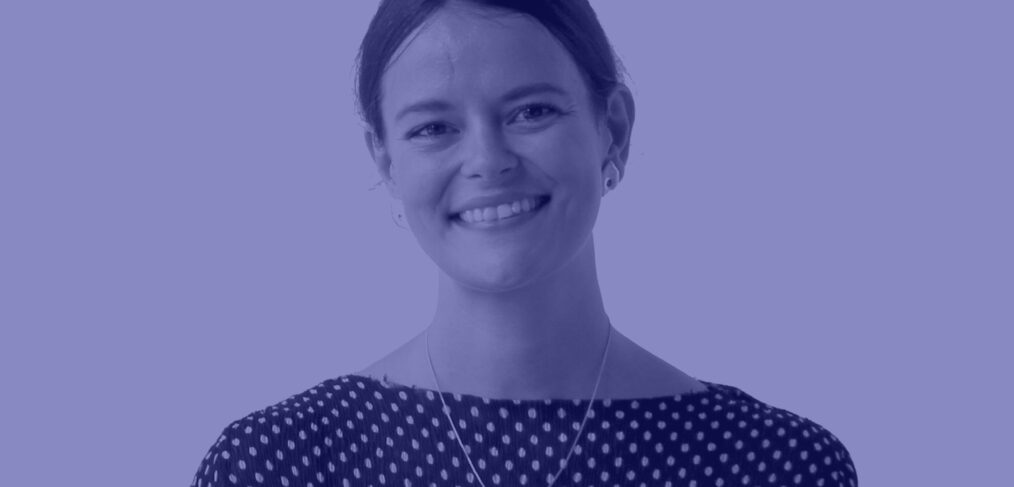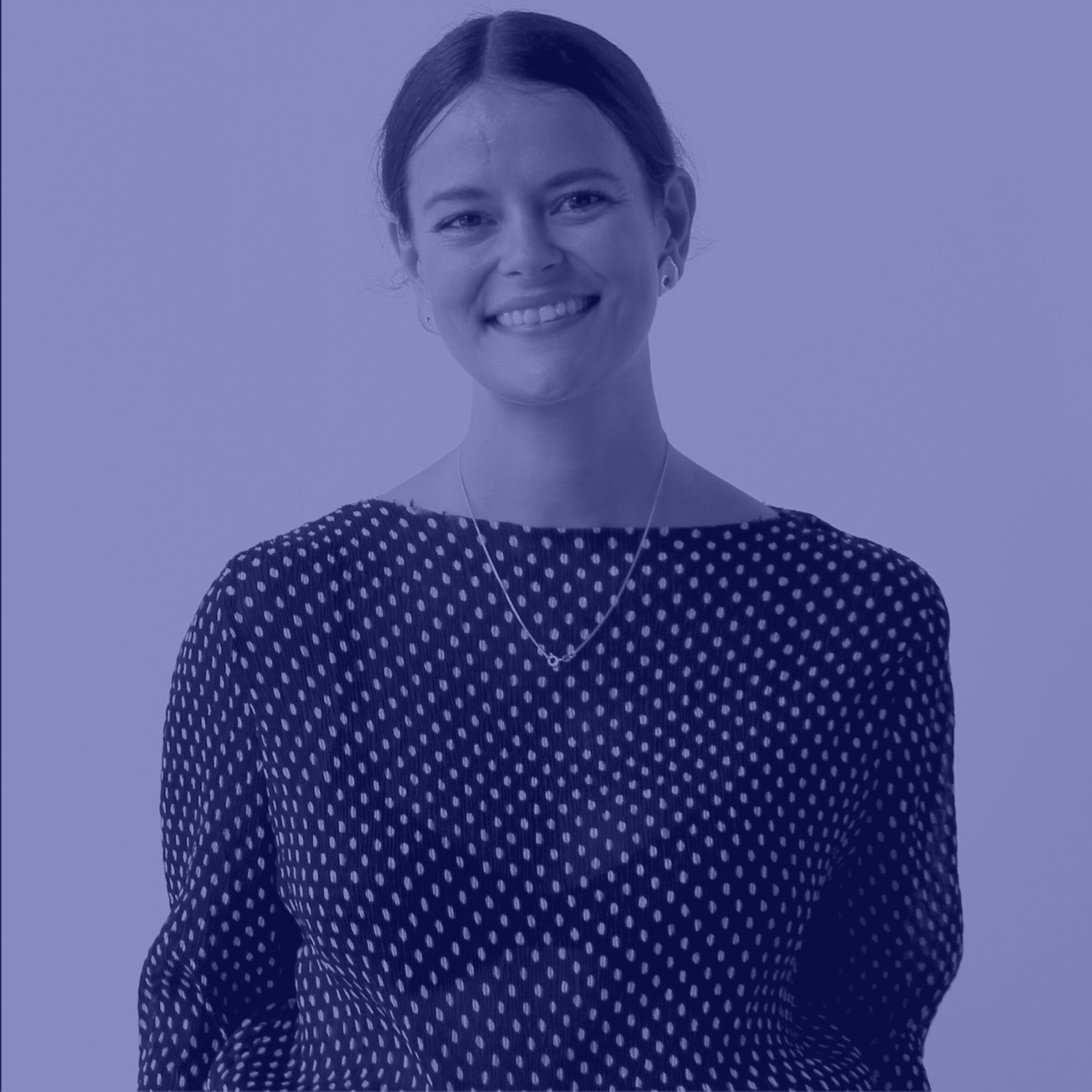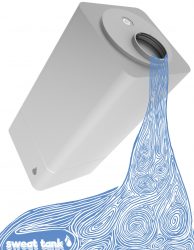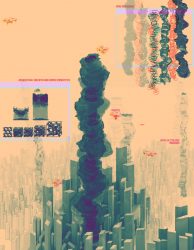
Interview with Karoline Liedtke
1) Briefly introduce yourself and tell us a bit more about your practice. What do you work on? What are the issues you aim to address in your profession?
Hej, my name is Karoline Liedtke, I am head of landscape at COBE architects in Copenhagen and part of a team of 4 specialists in the office: Urbanism, resilience, landscape and 1:1 design.
Here I am responsible for developing, strengthening and communicating landscape architecture as integral part of our thinking and designing. I do that mainly through project work, where I am part as a specialist consultant in almost all of our projects. I bring in a different understanding of space, a contextual and topographic way of thinking and an understanding of nature and the living matter. This is essential for Cobe to ground all of our projects in their specific context and to create sustainable and sensual projects.
Big part of my work is also sharing experience and Cobes work and ideas through articles, as a speaker at conferences and by giving lectures. Through constant studies I gain new knowledge and I find inspiration as a traveler and visitor. I am very happy that this is part of my special role at Cobe. As head of landscape I am also involved in building and maintaining a network of clients and collaborators and seeking new business opportunities.
For me it is essential to understand landscape as a carrier of meaning, characterized by dynamic processes in space and time. The act of listening, and respect for the living, is always the starting point of my practice. A sense of nature even in the densest city is magical. Conceiving of and introducing nature as a fundamental part of the city is an essential part of my understanding as a landscape architect. It puts us in context. We are only human after all.
2) What are your thoughts over the issues raised by the Waterless World competition? What do you think could be a central problem to be faced by our designers?
It is the contra-dictionary nature of the topic that fascinates me. Too less water causes essential live-threatening problems, too much water does as well. On a global level these two future scenarios come together. Often at the same place, in periods shortly following each other, as experienced the last years in Middle-Europe for example (very dry summers with sudden extreme rain falls flooding whole districts) How can you develop a solution that serves both issues?
3) Which tools & disciplines can come into play when designing a more water-aware built environment? Which elements can be used by our designers?
A first contempt is surely to solve the task technical, through engineering technics. But I am more interested in how to make the solution beautiful and most important living. Here a deep understanding of nature and its ecological processes can be the key. Its I offering many tools that are self-regulating and offering more than just one effect. Visualizing living dynamics and sensual effects is surely challenging.
4) Are there any reference projects you could suggest to inspire our community for this design challenge? Why did you choose this specific example?
Already in my studies I was fascinated by the Downsview Park project in Toronto by OMA. And still today I am referring and returning to that project again and again. It’s the combination of an artistic and scientific practice and an approach of growing on the terms of nature and the park instead of building mass, which make that project so relevant and interesting.
5) In your experience, what does it take to win an architecture competition?
It takes a story!





